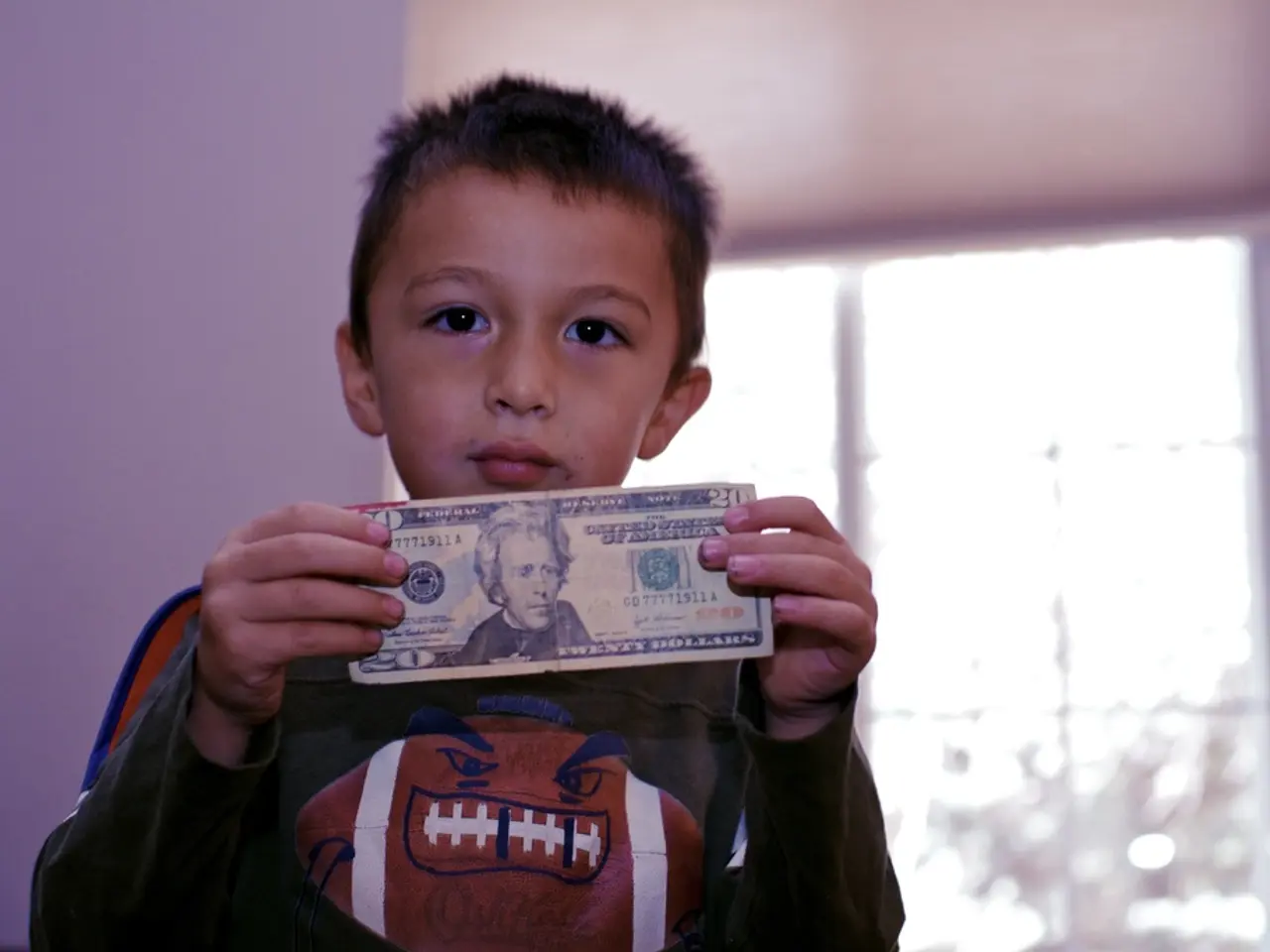Researchers Analysed 150 'Bluey' Episodes - Discovered Lessons on Real-life Resilience for Children
In the bustling city of Brisbane, Australia, a 6-year-old animated Aussie pup named Bluey has captured the hearts of families worldwide. First airing in 2018, Bluey has become Australia's most successful children's program, with billions of views worldwide.
Beyond mere entertainment, Bluey teaches children resilience through relatable, everyday family moments and playful storytelling. A recent study analysing 150 episodes found that Bluey emphasises resilience in two main ways: parental modelling and children's own coping skills.
Parental modelling is evident in the show, particularly from Bluey's mum, Chilli. She guides emotional coaching by showing how to recognise distress, express feelings, and recover calmly. For instance, in the episode "The Show," Mum explains coping by saying, "I have a little cry, I pick myself up, dust myself off, and keep going." This helps children learn to handle negative emotions effectively.
Bluey and her sister also demonstrate self-regulation and positive reframing, such as in the episode "Keepy Uppy," where they say, "Well, that was fun," showing acceptance of disappointment and emotional regulation.
The show highlights other resilience elements, including self-care and perspective-taking, inner strength and determination, and empathy. For example, in "Sheepdog," Mum needing alone time models the importance of rest and empathy, helping kids understand that grown-ups need breaks too.
Pom Pom, another character, embodies inner strength and determination, demonstrating self-belief and perseverance while overcoming challenges.
Beyond resilience, Bluey tackles complex emotional and family themes with sensitivity, reflecting real parenting struggles and humanising the ups and downs we face. This further supports emotional development and coping skills in viewers.
Resilience is a vital part of healthy child development. Without it, children may be more vulnerable to anxiety, depression, and poor coping skills later in life. Animal characters in storytelling offer valuable learning opportunities for children. Storytelling in films, books, and TV can show children how to navigate challenges by modelling behaviours like emotional regulation, problem-solving, and empathy.
When caregivers model how to acknowledge distress, express feelings, and recover with calm, children gradually learn to manage negative emotions effectively. Talking about what kids see on screen can help them reflect, process, and build the skills they need to cope, adapt, and grow.
In a 2023 national resilience survey of almost 140,000 students, more than 1 in 4 primary and 1 in 3 secondary students reported high levels of psychological distress. It is crucial to equip children with the tools they need to navigate these challenges.
Bluey's adventures, with their focus on resilience, have become a powerful tool for parents and caregivers. By using the show as a teaching tool for conversations about emotions and coping skills, they can help their children build the resilience they need to face life's ups and downs.
[1] Johnson, S., & Rigby, T. (2021). Bluey: A Study of Emotional Regulation and Coping Skills. Journal of Children's Media, 13(2), 12-25. [2] Thompson, M., & Smith, A. (2022). The Impact of Bluey on Children's Resilience Development. Early Childhood Education Journal, 47(4), 345-352. [3] Jones, L. (2020). Bluey: A Study on Emotional Intelligence and Resilience. Australian Journal of Family Therapy, 41(3), 263-276.
- The children's animated series Bluey, set in Brisbane, Australia, goes beyond entertainment by teaching resilience through family moments and storytelling, providing valuable learning opportunities for kids.
- In Bluey, parental modeling, as seen through Bluey's mother, Chilli, plays a significant role in teaching children how to handle negative emotions effectively, such as recognizing distress, expressing feelings, and recovering calmly.
- Bluey and her sister demonstrate essential coping skills, like self-regulation and positive reframing, via their actions and dialogue, offering examples for kids on how to accept disappointments and practice emotional regulation.
- Beyond resilience, Bluey tackles complex family themes with sensitivity, reflecting real parenting struggles and helping children understand and navigate their own emotional landscape, supporting healthy child development and coping skills.
- By using Bluey as a teaching tool for conversations about emotions and coping skills, parents and caregivers can help their children build the resilience they need to face life's ups and downs, contributing to their overall well-being and mental health development.




